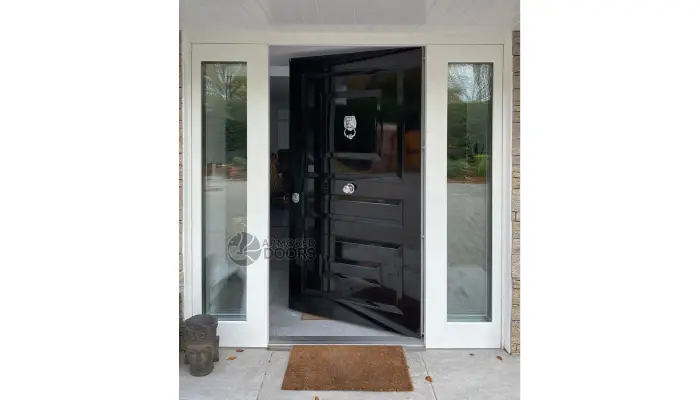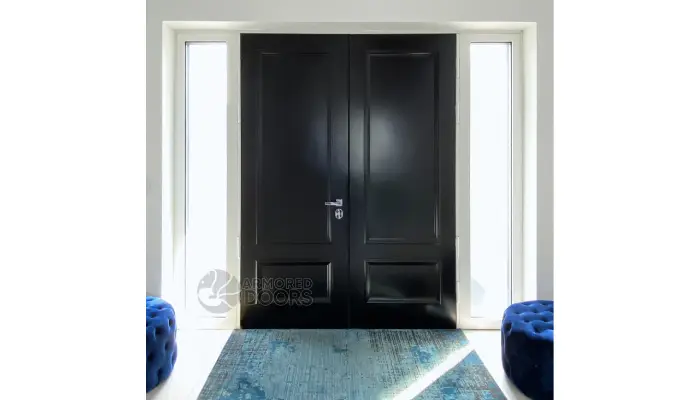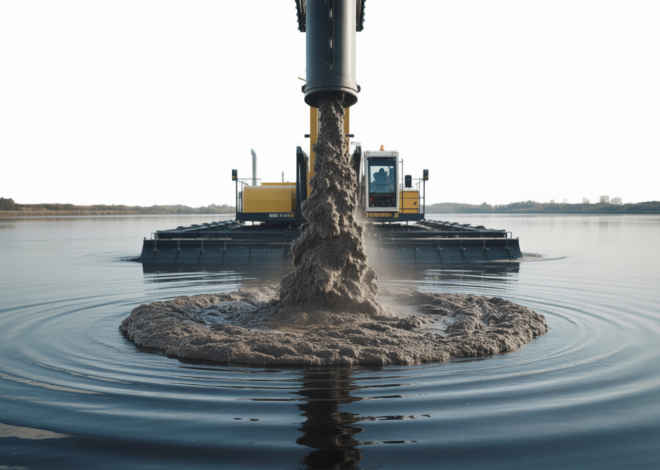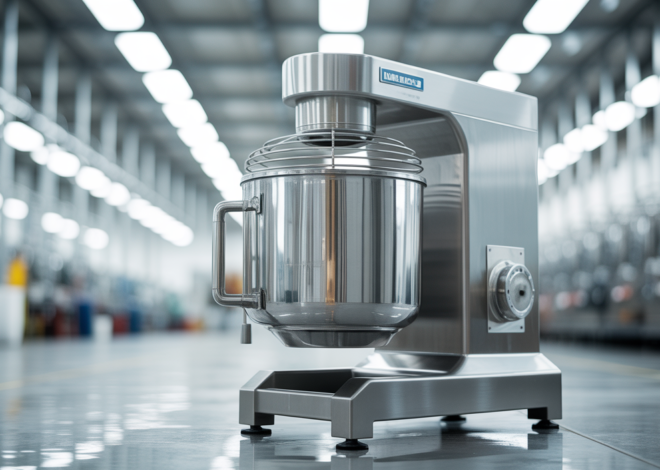
Enhancing Home Safety with Modern Residential Safe Rooms
Home safety has become a growing concern for families across the world. Whether it’s the threat of severe weather, home invasions, or unexpected emergencies, every homeowner wants to ensure their loved ones have a secure place to stay safe. That’s where residential safe rooms come into the picture. These fortified spaces are designed to withstand extreme conditions and offer complete protection when danger strikes.
In this article, we’ll explore how residential safe rooms work, their design standards, installation options, and why they’re a wise investment for any modern home.
Understanding Residential Safe Rooms
A residential safe room is a specially designed and reinforced space built to protect occupants during emergencies. These rooms can withstand natural disasters such as tornadoes, hurricanes, and earthquakes, as well as security threats like break-ins or home invasions.
Unlike a typical basement or shelter, residential safe rooms meet strict engineering standards to ensure maximum protection. They are built with reinforced steel, concrete, or composite materials and are equipped with high-security doors, ventilation systems, and communication setups.
These rooms are often installed in basements, garages, or interior areas of the house, ensuring easy accessibility during emergencies.

Why Every Home Needs a Residential Safe Room?
The primary goal of a safe room is protection, but its benefits go beyond safety. Here’s why every homeowner should consider installing one:
- Disaster Resilience: In regions prone to tornadoes or hurricanes, safe rooms provide shelter from flying debris and structural collapse.
- Home Security: During home invasions or burglaries, families can take refuge inside, locking out intruders until help arrives.
Moreover, residential safe rooms can be designed to serve multiple functions. Some homeowners integrate them into bedrooms, offices, or storage areas, maintaining normal usability while ensuring safety in emergencies.
Ultimately, having a dedicated safe room provides peace of mind—knowing that you have a secure space ready when you need it most.
Key Design Features of Residential Safe Rooms
When designing a residential safe room, several features are essential to ensure it meets safety and comfort standards.
1. Structural Reinforcement
Safe rooms are typically built using reinforced concrete, steel, or composite panels. These materials resist high-velocity impacts, debris, and pressure from external forces. The walls, floors, and ceilings must form a continuous protective shell without weak points.
2. Secure Door Systems
The door is the most crucial part of any safe room. High-strength steel doors with multiple locking points prevent forced entry. They also resist blasts and extreme weather forces.
3. Ventilation and Air Quality
Every safe room requires a filtered air system to maintain fresh airflow and prevent suffocation. Properly designed ventilation ensures occupants can stay inside comfortably for extended periods.
4. Communication Setup
To remain connected during emergencies, safe rooms should have emergency radios, phone lines, or wireless communication systems. This allows occupants to call for help even if the rest of the house is compromised.
Types of Residential Safe Rooms for Different Needs
Homeowners can choose from several types of residential safe rooms based on their property layout, budget, and local hazards.
Above-Ground Safe Rooms
These are ideal for homes without basements. They are typically constructed using pre-engineered panels or reinforced walls. Above-ground rooms are especially beneficial in flood-prone regions, as they remain accessible during rising water levels.
Underground Safe Rooms
Often built beneath garages or basements, underground safe rooms provide excellent protection against tornadoes and severe storms. Their location beneath the ground adds an extra layer of strength and insulation.
Converted Safe Rooms
For existing homes, some rooms can be retrofitted into safe spaces. Bedrooms, closets, or pantries can be reinforced with steel panels and secure doors to transform them into functional safe rooms.
Each type offers a different balance of accessibility, cost, and security—but all aim to keep families safe from unpredictable dangers.
What Makes a Residential Safe Room FEMA-Compliant?
In the United States, safe room construction often follows FEMA P-320 and ICC 500 guidelines. These standards ensure that rooms can endure specific wind speeds, debris impact, and pressure conditions.
To be FEMA-compliant, a safe room must:
- Withstand wind speeds of up to 250 mph.
- Prevent debris penetration from high-speed projectiles.
- Include proper ventilation, locking systems, and emergency exits.
Adhering to these regulations ensures that a residential safe room truly offers life-saving protection when it’s needed most.
How to Choose the Right Location for a Safe Room?
The placement of a safe room plays a vital role in its effectiveness. Ideally, it should be easily accessible from common living areas, especially during sudden emergencies.
Common locations include:
- Basements or lower levels: Provide natural protection and stability.
- Interior rooms: Such as closets or hallways, away from exterior walls and windows.
- Garages or outbuildings: Suitable for detached homes with space constraints.
When planning installation, homeowners should ensure that the path to the safe room remains unobstructed at all times.
Installation Process: What to Expect
Building a residential safe room can vary depending on whether it’s part of new construction or a retrofit project.
New Construction Installation
For new homes, the safe room can be integrated into the blueprint. This approach allows for seamless design and lower installation costs since reinforcement is done during the construction phase.
Retrofit Installation
Existing homes may require structural modifications. Walls, floors, and ceilings are reinforced, and specialized doors are added. Though more complex, retrofit installations allow homeowners to upgrade their safety without rebuilding their homes.
Both methods involve professional assessment, material selection, and adherence to safety codes.
Cost Factors of Residential Safe Rooms
The cost of building a residential safe room varies widely depending on its size, materials, and features.
Typical cost components include:
- Construction materials: Steel and concrete are more expensive but offer higher protection.
- Location: Underground rooms usually cost more due to excavation work.
- Additional features: Ventilation systems, communication tools, and furniture increase the total cost.
While the initial investment may seem high, the long-term benefits—safety, peace of mind, and property value—make it worthwhile.
Benefits of Installing Residential Safe Rooms
The advantages of having a residential safe room go far beyond security. They enhance both physical safety and emotional well-being.
1. Emergency Protection
Whether facing a storm or break-in, safe rooms provide a secure refuge until help arrives.
2. Peace of Mind
Knowing there’s a secure place for your family reduces anxiety during severe weather or local crime incidents.
3. Increased Property Value
Homes equipped with safe rooms often appeal to buyers seeking added security, potentially raising resale value.
4. Multipurpose Use
Some homeowners use safe rooms as secure storage for valuables, documents, or emergency supplies.
How to Maintain a Residential Safe Room?
Regular maintenance ensures that your safe room remains functional and ready when needed.
- Inspect door locks and hinges at least twice a year.
- Test communication systems regularly to confirm connectivity.
- Check ventilation units to ensure proper airflow.
- Store emergency supplies such as water, first aid kits, and flashlights inside.
These simple steps can make a big difference in emergency readiness.
Future Trends in Residential Safe Room Design
As technology advances, modern safe rooms are becoming smarter and more efficient.
Smart Integration
New systems allow for digital locking mechanisms, biometric access, and real-time monitoring through mobile apps.
Eco-Friendly Materials
Sustainable materials and energy-efficient ventilation systems are being incorporated into designs to minimize environmental impact.
Multipurpose Layouts
Homeowners now prefer safe rooms that double as offices or storage areas, maximizing functionality without compromising security.
These innovations show that safety and comfort can coexist in modern home design.
Are Residential Safe Rooms Worth It?
For families living in areas prone to storms, hurricanes, or break-ins, a safe room is more than just a luxury—it’s a necessity. The peace of mind it offers is invaluable.
While the initial investment may vary, the long-term benefits of security, safety, and potential property appreciation make it a sound decision for homeowners.
Safety Tips When Using Residential Safe Rooms
To make the most of your safe room, consider the following precautions:
- Always keep a charged mobile phone and backup power source inside.
- Store non-perishable food and water for at least 72 hours.
- Have a first aid kit, flashlight, and basic tools readily available.
- Conduct family safety drills to ensure everyone knows how to access and use the safe room efficiently.
Conclusion
Residential safe rooms have evolved from simple storm shelters into advanced, multi-functional spaces that provide unmatched security and comfort. They offer a reliable refuge during natural disasters, home invasions, and other emergencies, ensuring that your family remains protected no matter what happens outside.
By investing in proper design, materials, and regular maintenance, homeowners can create a safe environment that stands strong for years to come. A residential safe room isn’t just an addition to your home—it’s an investment in peace of mind, safety, and resilience.
Resource URL:



